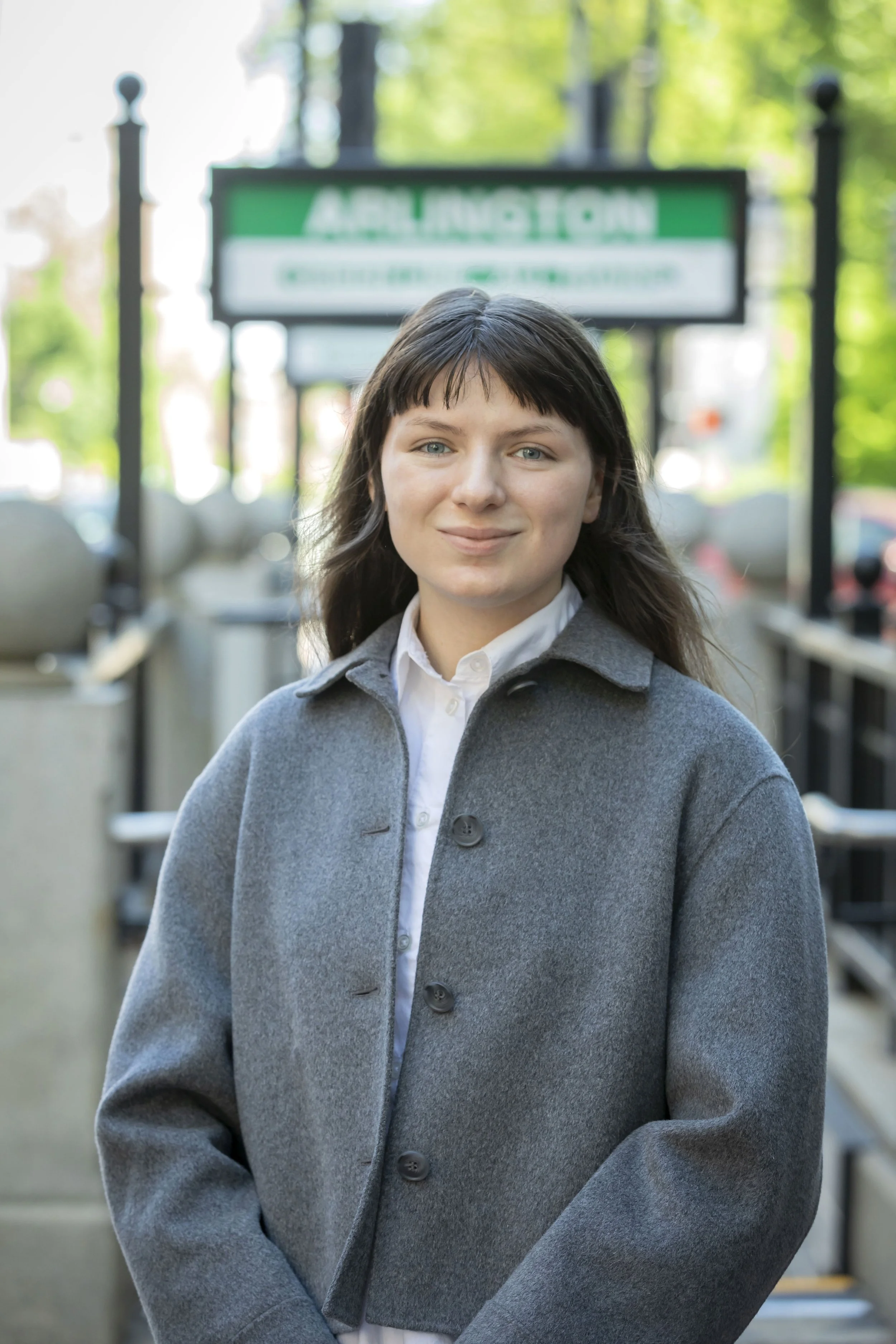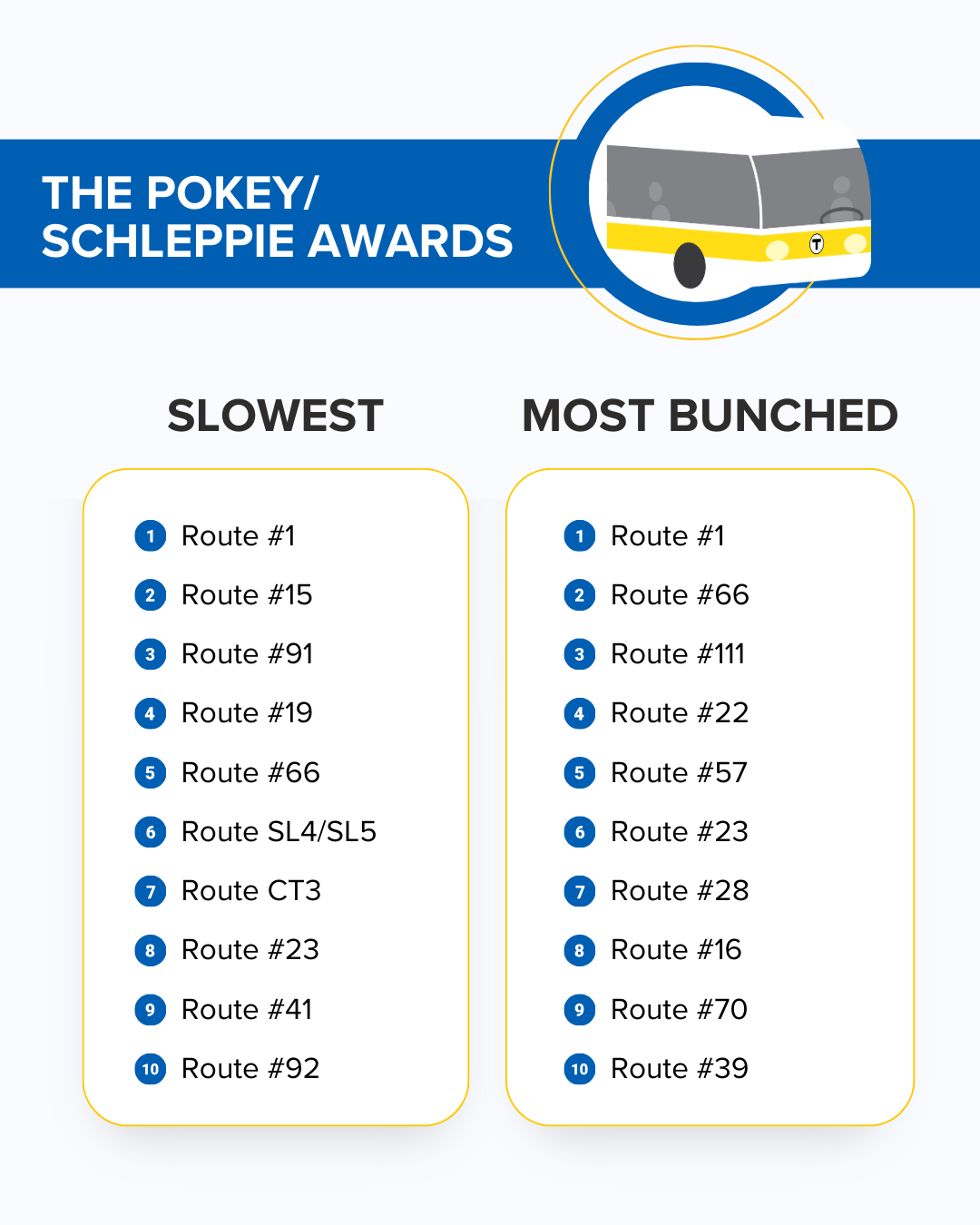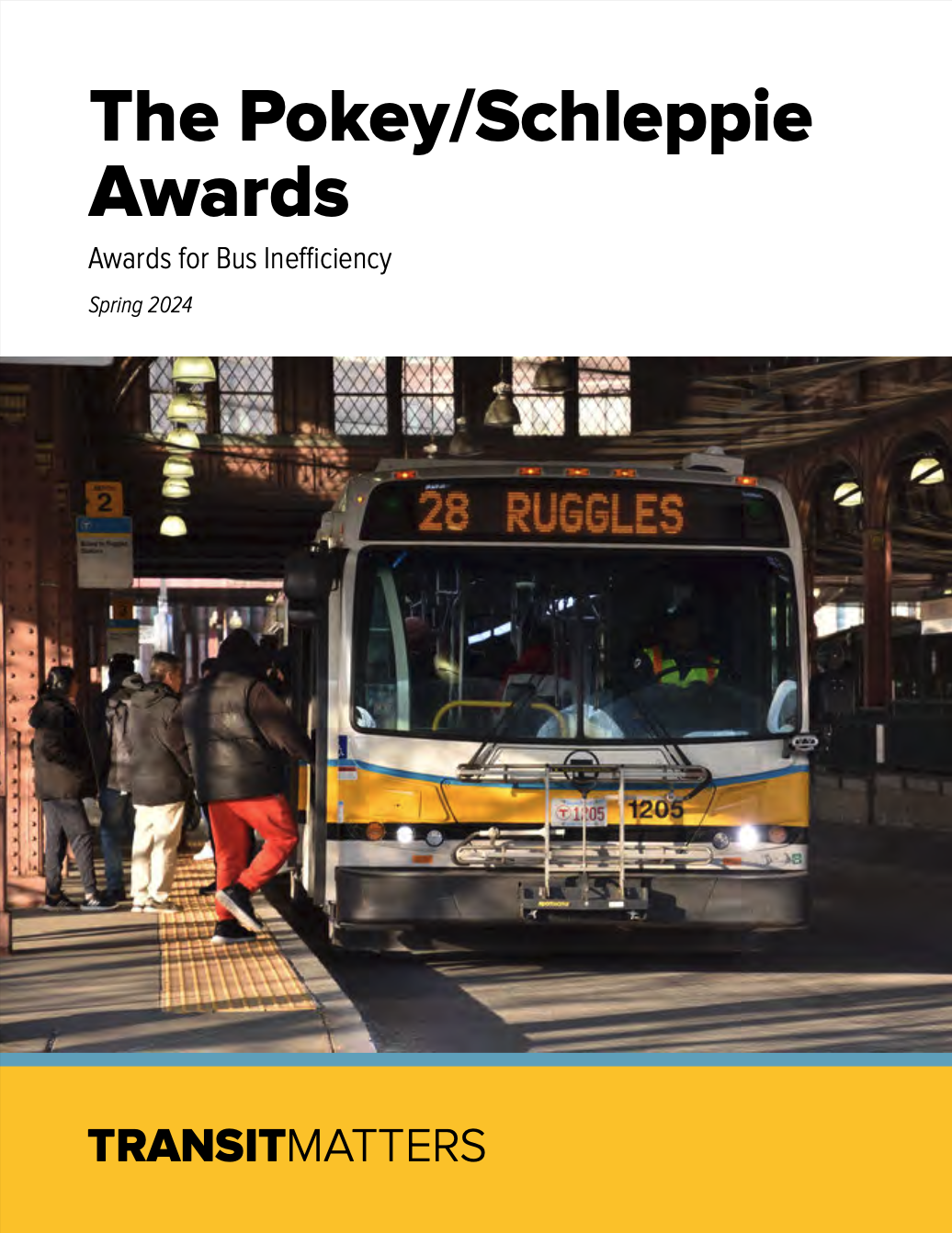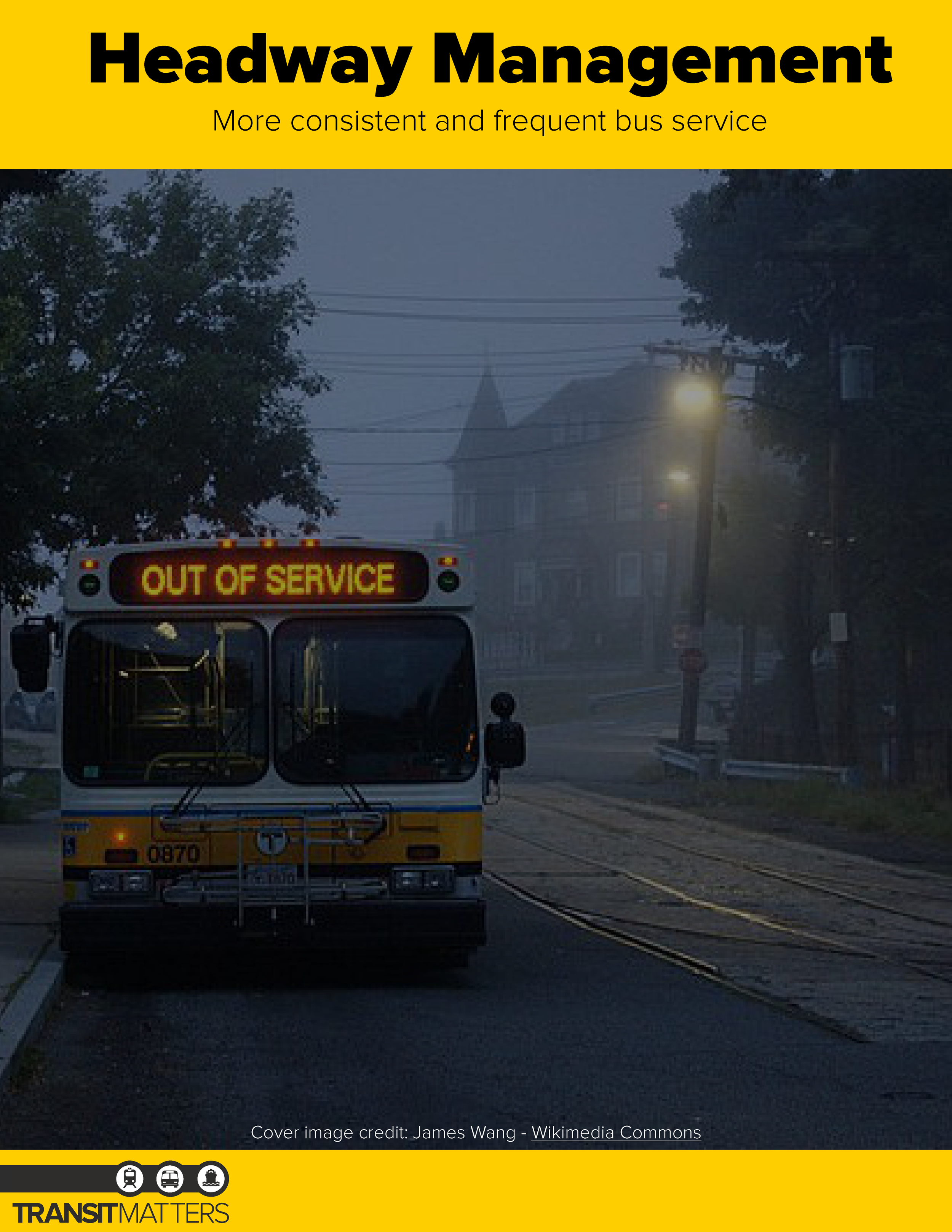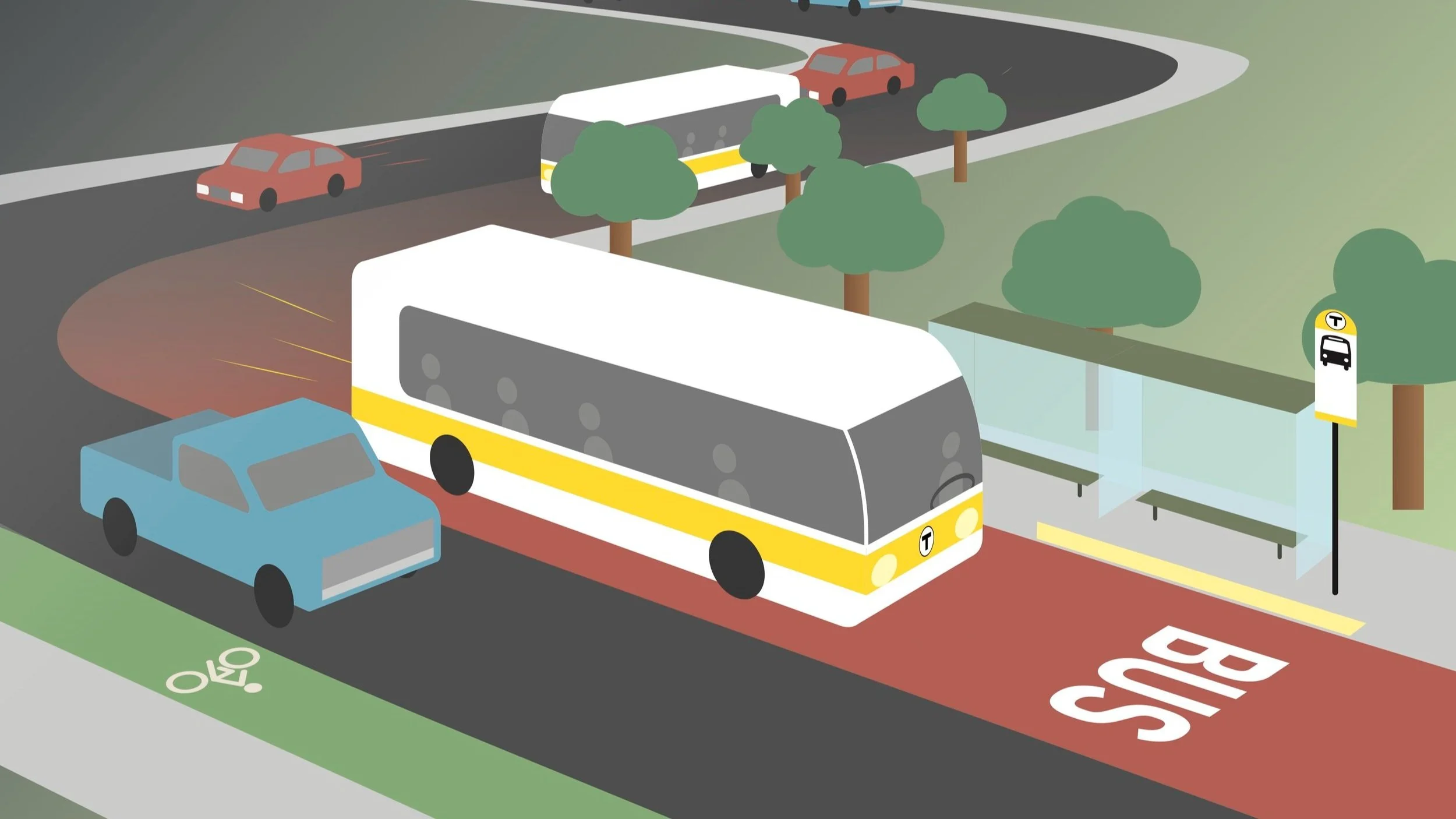NEXTGEN BUS
// TRANSFORMING bus service
The future of urban mobility in our region depends on a major rethink of how buses work. We envision a modern bus network that is more agile, equitable, legible, and reliable using nationally recognized best practices.
our bus service vision
Operations
Headway management implemented on high frequency routes to make trips more efficient and service consistent and Pulse Points implemented on low frequency routes to make transfers seamless and service reliable
Queue skipping at key areas plagued by congestion to give buses priority
Circulation planning to prioritize not only riders, but cyclists and pedestrians on our streets to create safe and efficient mobility.
service
Expanded service, more frequent trips across a greater area and including late night and weekends, to create a reliable network, better serve transit-dependent riders, and drive modeshift reducing GHG emissions.
Connect RTAs to create a stronger transportation network throughout the Commonwealth.
Bus Priority Infrastructure
Transit Signal Priority (TSP) and Center Running Bus Lanes to prioritize buses and bus riders on our streets, implement bus rapid transit (BRT), and get riders to where they need to go faster and more efficiently.
Fleet, Storage, and Electrification Infrastructure
Expanded fleet and storage space to match the growth in service under Bus Network Redesign.
Electrified fleet and compatible storage space to decarbonize our bus network.
In-Route Charging (IRC) and In-Motion Charging (IMC) infrastructure investments to electrify our network with the most proven and safest technology.
Human Centric Infrastructure
Accessibility upgrades including raised platforms for boarding and more seating at bus stops.
Safety upgrades including better lighting and improved crosswalks at bus stops, and automated enforcement.
Rider upgrades that make trips more comfortable and easier including live arrival signs such as E-ink signs, standard and heated shelters to provide coverage from inclement weather conditions, and wayfinding, maps, and other informational signage.
Fares
Low-income fares to lessen the cost burden of riders who are low-income and transit-dependent.
All-door Boarding to speed up the boarding process and make trips faster.
Fare capping to increase savings for the most frequent riders.
NextGen Bus Lead:
Introducing the pokey/schleppie awards!
The lists of the top ten slowest and most bunched MBTA buses.
TransitMatters’ NextGen Bus team is excited to announce the release of our first-ever Pokey/Schleppie Awards report identifying and analyzing the top 10 slowest (pokey) and top 10 most bunched (schleppie) buses in the MBTA network.
Inspired by the original Pokey/Schleppie report from NYPIRG’s Straphangers Campaign, this report identifies the most unreliable routes and suggests solutions to create a better bus network for riders.
The goal of this report is to not only confirm riders’ experience, but also to promote collaborative efforts by the MBTA, municipalities, community organizations, and other stakeholders to transform our bus network into the reliable system riders deserve.



